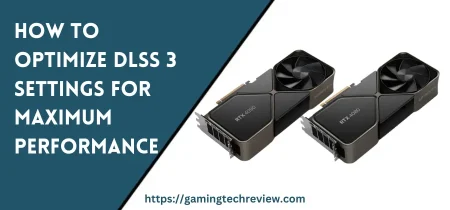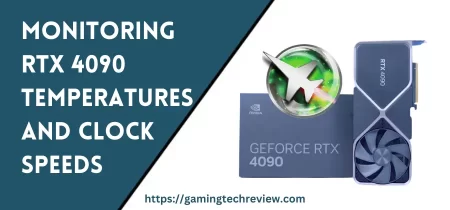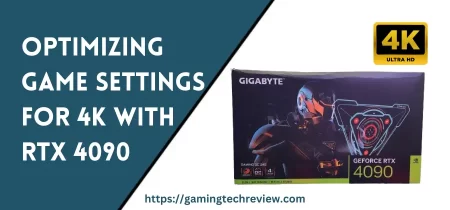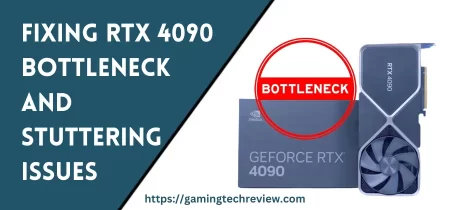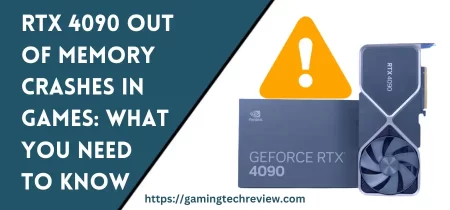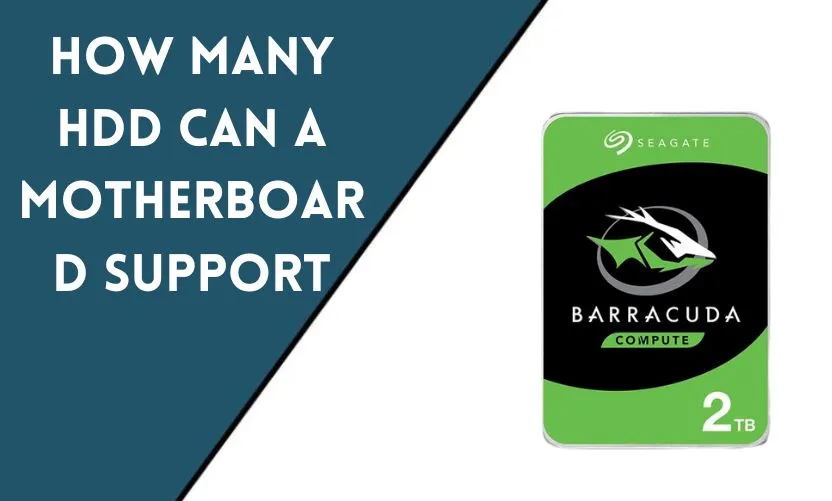
If you’re planning to build your own PC or upgrade an existing one, you might be wondering how many hard disk drives (HDD) a motherboard can support. The number of HDDs that a motherboard can support depends on various factors, including the motherboard’s chipset, the number of SATA ports, and the form factor. In this article, we will provide you with a comprehensive guide to help you determine how many HDDs your motherboard can support.
Introduction
A motherboard is the backbone of any computer system. It’s the main circuit board that connects all the components of a computer, including the CPU, RAM, HDDs, and other peripherals. The motherboard determines the type and number of components that can be connected to your computer, including the number of HDDs.
What is a motherboard?
A motherboard is a printed circuit board that houses the core components of a computer system. It connects all the other components, including the CPU, memory, and HDDs, through various connectors and ports. The motherboard also contains the BIOS, which is responsible for initializing the hardware and starting the operating system.
Types of motherboards
There are three main types of motherboards: ATX, Micro ATX, and Mini ITX. The form factor determines the size and shape of the motherboard, which affects the number of components that can be installed.
ATX
ATX is the most common form factor for motherboards. It measures 305mm x 244mm and typically has four to six SATA ports for connecting HDDs.
Micro ATX
Micro ATX is a smaller version of the ATX form factor. It measures 244mm x 244mm and typically has two to four SATA ports for connecting HDDs.
Mini ITX
Mini ITX is the smallest form factor for motherboards. It measures 170mm x 170mm and typically has only one or two SATA ports for connecting HDDs.
Chipsets and SATA ports
The number of SATA ports on a motherboard is determined by the chipset. Chipsets are a set of electronic components that control the communication between the CPU, memory, and other components.
Most modern motherboards use chipsets that support at least six SATA ports, allowing for the connection of up to six HDDs. However, some chipsets may support fewer SATA ports, which limits the number of HDDs that can be connected.
How to determine the number of HDDs your motherboard can support
To determine the number of HDDs that your motherboard can support, you need to check the motherboard manual or specifications online. The manual or specifications will list the number of SATA ports and the maximum number of HDDs that can be connected.
If you’re upgrading an existing PC, you can also check the number of SATA ports on the motherboard itself. SATA ports are usually located near the edge of the motherboard and are labeled as SATA0, SATA1, SATA2, etc.
Factors that affect the number of HDDs a motherboard can support
While the number of SATA ports on a motherboard is the primary factor that determines the number of HDDs that can be connected, there are other factors to consider as well.
Form factor
As mentioned earlier, the form factor of a motherboard can also affect the number of HDDs that can be connected. Larger ATX motherboards usually have more SATA ports than Micro ATX or Mini ITX motherboards.
BIOS settings
The BIOS settings can also affect the number of HDDs that can be connected. Some motherboards may have a setting in the BIOS that limits the number of HDDs that can be detected. If this setting is enabled, the motherboard may not detect all the connected HDDs.
Power supply unit
The power supply unit (PSU) is responsible for providing power to all the components in the computer, including the HDDs. The number of HDDs that can be connected depends on the wattage of the PSU. A higher wattage PSU can provide power to more HDDs.
RAID configuration
If you plan to use a RAID configuration with your HDDs, the number of HDDs that can be connected may be limited by the RAID controller. Some RAID controllers may support only a certain number of HDDs, regardless of the number of SATA ports on the motherboard.
Conclusion
In conclusion, the number of HDDs that a motherboard can support depends on various factors, including the number of SATA ports, the form factor, BIOS settings, PSU wattage, and RAID configuration. Before building or upgrading your PC, make sure to check the motherboard manual or specifications to determine the maximum number of HDDs that can be connected.
Frequently Asked Questions
Can I connect more HDDs using a SATA expansion card?
Yes, you can connect additional HDDs using a SATA expansion card that plugs into a PCIe slot on the motherboard.
Does the type of HDD affect the number of HDDs that can be connected?
No, the type of HDD does not affect the number of HDDs that can be connected. However, the size of the HDD can affect the number of available SATA ports.
Can I connect HDDs and SSDs to the same SATA port?
Yes, you can connect both HDDs and SSDs to the same SATA port. However, the performance of the SSD may be limited by the SATA port speed.
How many HDDs can a typical home PC support?
A typical home PC can support up to six HDDs, depending on the motherboard and other factors.
Can I connect external HDDs to my motherboard?
Yes, you can connect external HDDs to your motherboard using a USB or Thunderbolt port. However, external HDDs do not use SATA ports and therefore do not affect the number of internal HDDs that can be connected.

